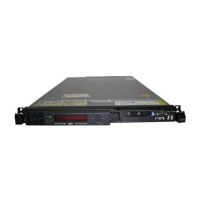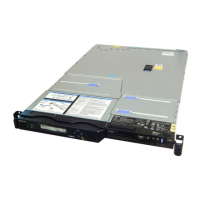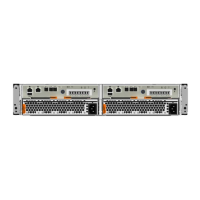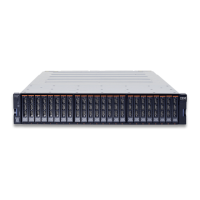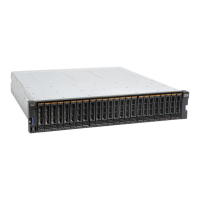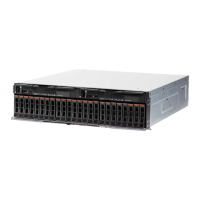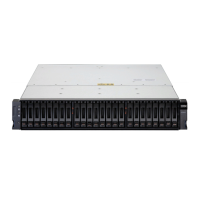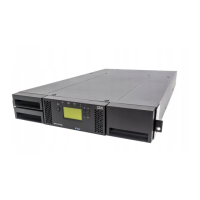Interpreting POST results
POST is a system check that is performed each time the switch is powered on,
rebooted, or reset, and during which the LEDs flash different colors.
Complete the following steps to determine whether POST completed successfully
and whether any errors were detected.
1. Verify that the LEDs on the switch indicate that all components are healthy
(LED patterns are described in Table 6 on page 34 and Table 7 on page 36. If
one or more LEDs do not display a healthy state, complete these steps.
a. Verify that the LEDs are not set to "beacon" (this can be determined through
the switchShow command or Web Tools). For information about how to turn
beaconing on and off, refer to theFabric OS Administrator's Guide or the Web
Tools Administrator's Guide.
b. Follow the recommended action for the observed LED behavior, as shown
in Table 6 on page 34 and Table 7 on page 36.
2. Verify the diagShow command displays that the diagnostic status for all ports in
the switch is OK.
3. Review the system log for errors. Errors detected during POST are written to
the system log, which is viewed using the errShow command. For more
information about this command, refer to the Fabric OS Command Reference. For
information about specific error messages, refer to the Fabric OS Message
Reference.
Switch maintenance
The SAN42B-R is designed for high availability and reliability; it does not require
any regular physical maintenance. The switch includes diagnostic tests and
field-replaceable units, described in the following sections.
Diagnostic tests
In addition to POST, Fabric OS includes diagnostic tests to help you troubleshoot
the hardware and firmware. This includes tests of internal connections and
circuitry, fixed media, and the transceivers and cables in use.
The tests are implemented by command, either through a Telnet session or through
a serial console connection to the switch. Some tests require the ports to be
connected by external cables to allow diagnostics to verify the
serializer/deserializer interface, transceiver, and cable. Some tests require loopback
plugs.
Diagnostic tests run at link speeds of 2, 4, 8, 10, or 16 Gbps depending on the
speed of the link being tested and the type of port. For information about specific
diagnostic tests, see the Fabric OS Administrator's Guide.
Note: Diagnostic tests might temporarily lock the transmit and receive speed of
the links during diagnostic testing. IBM recommends that you power-cycle the
switch after completing offline diagnostics tests.
Chapter 3. Using and maintaining the switch 37
